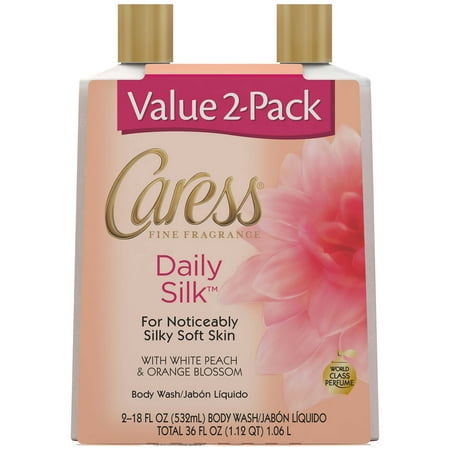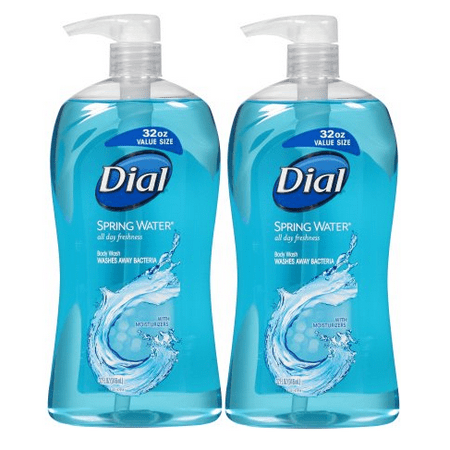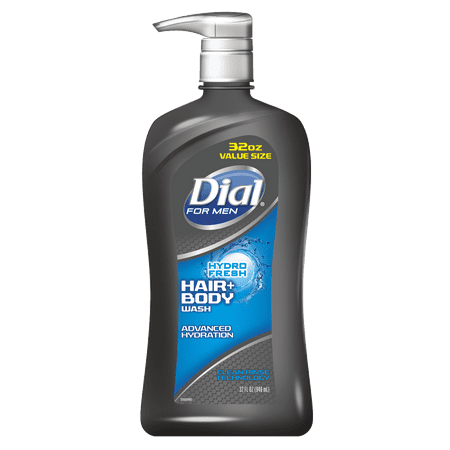Softsoap Hypoallergenic Body Wash, Coconut Gentle Wash, 20 Ounce
Softsoap® Body Wash, Coconut Gentle Wash, with Coconut Oil and Lemongrass gives you a delightfully gentle yet effective clean. This hypoallergenic body wash is great for sensitive skin.










Reviews
There are no reviews yet.